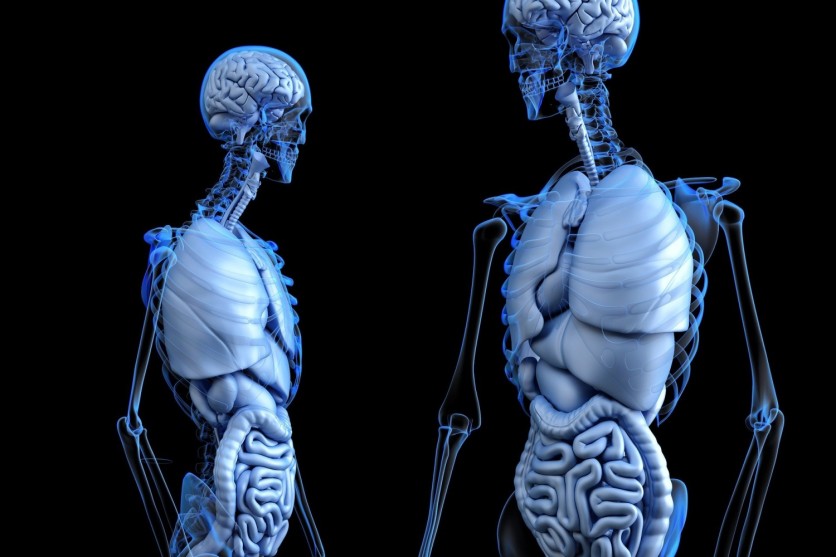
Tiny, simplified organs grown inside the lab - known as organoids - can potentially make drug studies and improvement much quickly. Now, scientists have produced a human 'body-on-a-chip,' comprised of several residing tissues at a microscopic scale.
Scientists, whose research is published in the Biofabrication journal, claim the innovation is the latest lab version of the human body yet. Organoids, according to scientists, could prove invaluable in working out the possible dangers and benefits of medicines before they get used to actual human beings.
Organoids used to replicate microscopic body parts in lab condition, find dangerous medicines
The tiny organoids - roughly one-millionth the size of their real counterparts - are definitely a testbed for researchers developing drugs and combat disease. According to scientists, the innovation could instantly reproduce models of human body parts in laboratory conditions.
Similar set-ups of interconnected organoids have already been used to mirror findings on medicines discovered to be too poisonous to remain on the market. The approach can catch troubles not noticed in tests performed in animal testing or on cells cultured in Petri dishes.
The new scaled-up version introduces more organ models, enhancing the probabilities of catching dangerous aspect effects.
Scientific scientist Thomas Shupe from the Wake Forest Institute for Regenerative Medicine (WFIRM) says creating microscopic human organs for drug testing is a logical extension of the work his team has accomplished in building the human-scale organ.
"Many of the same technologies we have developed at the human-scale level -- like including a very natural environment for the cells to live in -- also produced excellent results when [taken] down to the microscopic level," Shupe said.
Biofabrication techniques used to create tiny organs
Shupe and his colleagues used what they describe as a "toolbox of biofabrication techniques" to create the miniature organs, which include representations of internal organs such as the human brain and heart.
Each organoid started with a tiny pattern of human tissue cells and stem cells, which were then engineered into small organs with shelf lives of at least 28 days. They mimic a lot of the functions of the actual organ they're copying and can encompass blood vessel cells, immune cells, and the fibroblasts of connective tissue.
Half a dozen of the scaled-down organs were assembled to represent a simplified human frame, permitting the researchers to peer how one of a kind elements of our anatomy would possibly react in combination when positive capsules are applied.
Biomedical engineer Aleks Skardal, the study co-author from Ohio State University, says the team needed to include all of the major cell types that were present in the original organ.
"[To] model the body's different responses to toxic compounds, we needed to include all of the cell types that produce these responses," he said.
Consumers can get new, cheaper medicines with organoids
The organoids the group produced can deliver 3D life to tests that would have previously taken place with 2D tissue samples, presenting experts with a greater complete and sensible concept of the effects that a certain drug could have.
With an estimated 1 in 5,000 capsules making it from preclinical trials to the market, there's lots of scope for the procedure of drug development to get extra efficient as well as safer.
The consumers may want to get new capsules faster, at a lower cost, and without as much need for animal testing, if sensible human simulations like this super-small organoid-based totally one may be more fully evolved.
WFIRM urologist Anthony Atala says the most important capability of the human organ tissue system is the ability to determine whether or not a drug is toxic to humans very early in development and its possible use in personalized medication.
"Weeding out problematic drugs early in the development or therapy process can literally save billions of dollars and potentially save lives," he said.
ⓒ 2025 TECHTIMES.com All rights reserved. Do not reproduce without permission.




